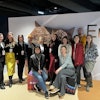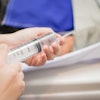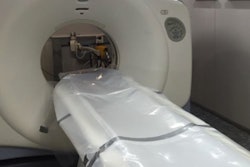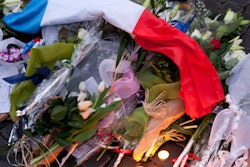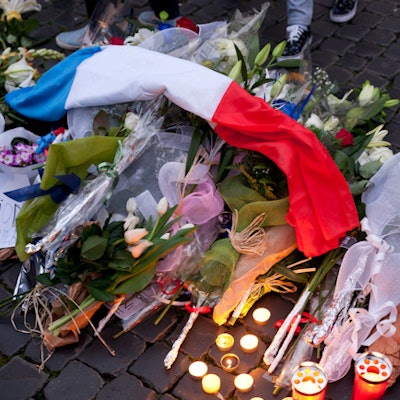
The solidarity shown by health service staff and volunteers meant that victims of the multisite terrorist attacks in Paris last November could be treated very quickly, which was vital for those cases judged to be extremely critical, delegates will be told today at the Journées Francophones de Radiologie (JFR).
In the opening press conference at JFR 2016, which takes place in Paris from 14 to 17 October, Dr. Philippe Grenier, professor and head of general and oncological radiology at Hôpital Pitié Salpêtrière plans to explain how events unfolded through the night and into the early hours of 14 November.
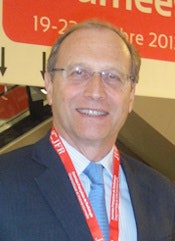 Dr. Philippe Grenier.
Dr. Philippe Grenier.In a statement issued just before JFR 2016, Grenier, who was present at the hospital for the duration of the crisis, pointed to a robust two-stage triage that proved lifesaving. The first triage by the emergency services at the sites of attack was followed by a second triage at the hospital. In this way, extremely critical cases (urgences absolues, UA) were streamed to the resuscitation and intervention suite (SSPIAP), while relatively critical cases (urgences relatives, UR) were sent to the emergency department. This highly accurate triage, along with a streamlined process, was one of the determining factors that avoided saturation of services.
"The principle of 'forward motion' was stringently applied, namely by prohibiting patients out of surgery being returned to the resuscitation and intervention suite," he stated.
As patients arrived, radiologists were on hand to carry out mobile ultrasound to check for hemorrhage. In critical cases, the patients were sent straight to surgery, and 13 operating rooms were in use simultaneously. Stable patients were sent directly to radiology so that injuries could be assessed and streamed to rapid intervention, monitoring, or monitoring with later intervention. In total, 28 UA and 25 UR cases were treated at La Pitié Salpétrière, 34 of them requiring surgery which took place in the first 24 hours.
The hospital's "White Plan" combined with the spontaneous arrival and availability of personnel was a decisive factor in the efficient and timely management of victims, Grenier noted. After a debrief meeting and assessment, the White Plan was improved notably through an update of the list of staff to be contacted, which now includes individuals' subspecialty and skillset.
Furthermore the experience has highlighted that in a similar situation, teams of technicians and orderlies should be doubled, as well as CT and portable x-ray machines. At Hôpital Pitié Salpêtrière, a senior radiologist and resident are available 24/7 which should, in the event of a large influx of victims, be supplemented with two extra radiologists to carry out scans, and another radiologist and resident available for ultrasound in intensive care, according to Grenier.


